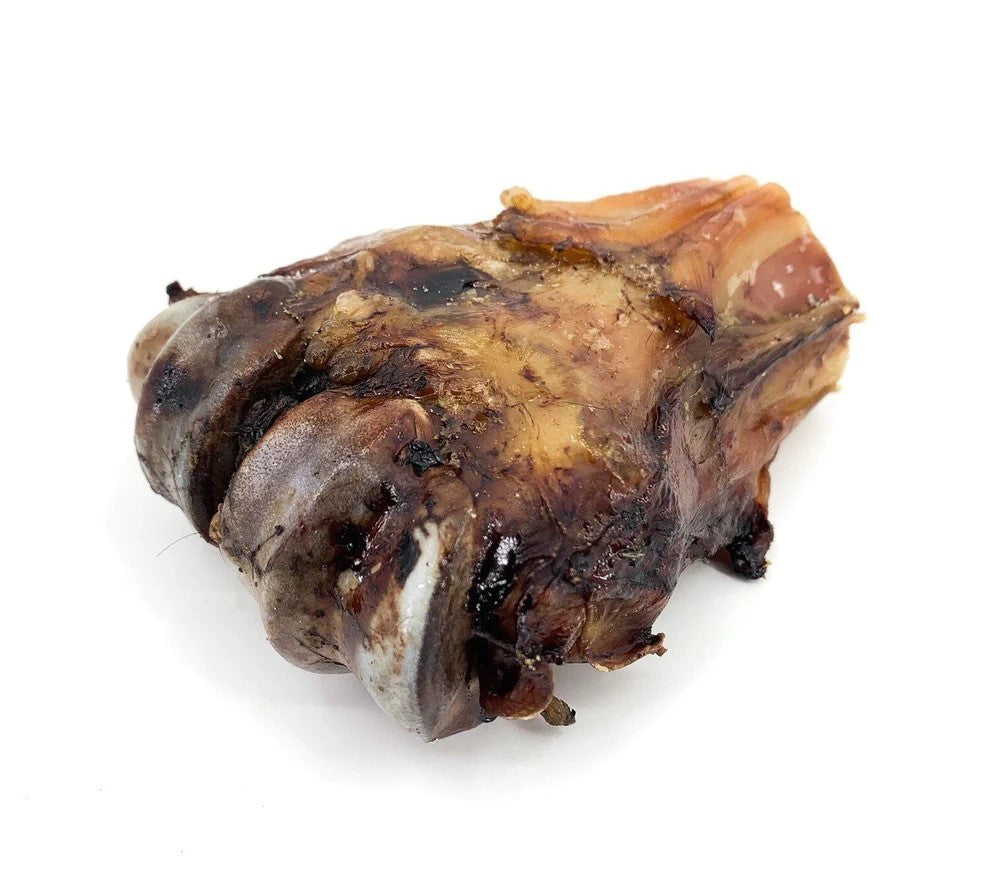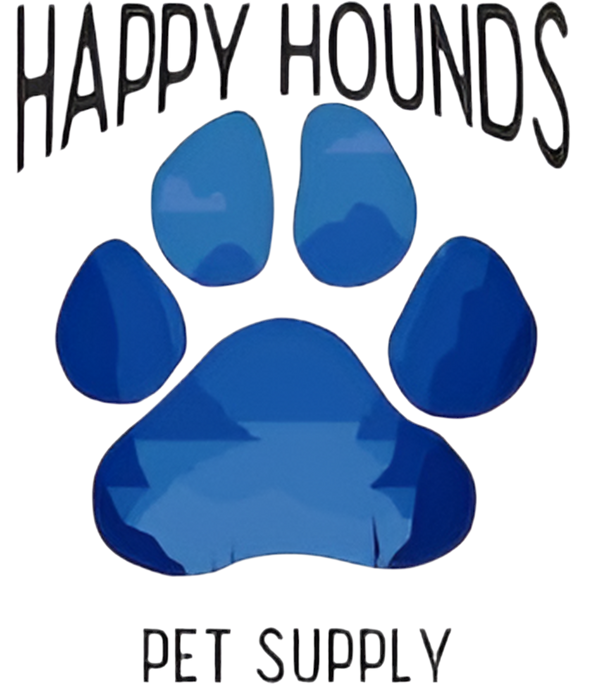
New Puppy Supplies for a Comfortable, Safe and Successful Transition
Julie JohannesShare
Have a new puppy? Congratulations! Here's a list of items to make the transition easier for you and your pet.
The Essentials
COLLAR, ID, LEASH, HARNESS, LONG LINE
A collar is a pet's first source of identification. While some use it to attach a leash, this is not recommended due to the strain it puts on a dog's windpipe. A harness will provide better control and pup will be safer. A lightweight, strong, extra-long leash (10 to 50 feet) is an ideal tool to help your dog learn to come to you regardless of where you are or what other distractions are present.
QUALITY FOOD
Check the ingredient label of the food your puppy was being fed prior to arrival. If you see unspecified meats, like "meat meal", byproducts, or fillers, such as wheat or corn, choose another product. It is essential that a growing dog receive a diet that builds strong bones, muscles and neurological systems. A named meat protein (such as beef, beef meal, etc.) should always be the first ingredient. Do not compromise on this one. Feeding a complete and balanced raw diet is strongly encouraged. A puppy that begins its life on raw food tends to be the healthiest and strongest of the bunch.
TREATS
Most dogs are motivated by food and will happily stand at attention for it. Choose small, low calorie treats during training to maintain pup's healthy weight. For boredom busters, lamb or cow ears, gullets, pizzles, or tendons are easy to digest options. Avoid antlers or very hard chews until adult teeth are present.
BALLS, INTERACTIVE, FETCH, AND TEETHING TOYS
Play activities that keep pup engaged will prevent unwanted behaviors like barking or chewing. Consider a teething toy that helps soothe the gums as adult teeth start to emerge around three months of age.
GROOMING TOOLS
Choose brushes appropriate for your dog’s coat (ask a groomer), pet specific shampoos, scissors, nail clippers, toothbrushes and toothpastes. Start using these tools on your puppy early, pairing the experience with tasty treats so she forms a positive association with the task.
SEAT BELT RESTRAINT
Use a restraint that fastens to your car’s seat belt and your dog’s harness (never a collar) to keep her and driver safe.
Recommended
CRATE
A crate facilitates housetraining and prevents misbehavior by providing a safe confinement while you are away or sleeping.
CLICKER
Properly used as a reward marker, a clicker significantly enhances communication with your pet and speeds the training process.
HOUSE CLEANING TOOLS
Enzymatic odor eliminating sprays can be a furniture or carpet savior for those times when pup is learning where to relieve herself. Potty pads are useful when you are away from your pet for extended periods.
Optional
DETERRENTS - Bitter apple and pet corrector sprays and/or high value treats deter bad behaviors like barking or chewing.
TETHER - A cord with sturdy snaps at both ends is useful to temporarily restrain a dog for short periods of time. Never use in your absence, for long periods, or as punishment.
EXERCISE PEN - Pens expand the "den" concept of a crate to a slightly larger, confined area. Use a tarp underneath and a potty pad at one end to encourage bathroom behavior and easier cleanup.
Whatever you choose above, there is no replacement for the most essential part of a successful puppy transition: you. The emotional bond you form with your pup at this critical stage is what builds her confidence and desire to be your loyal companion for life. Have fun in the process and enjoy that puppy breath while it lasts!

